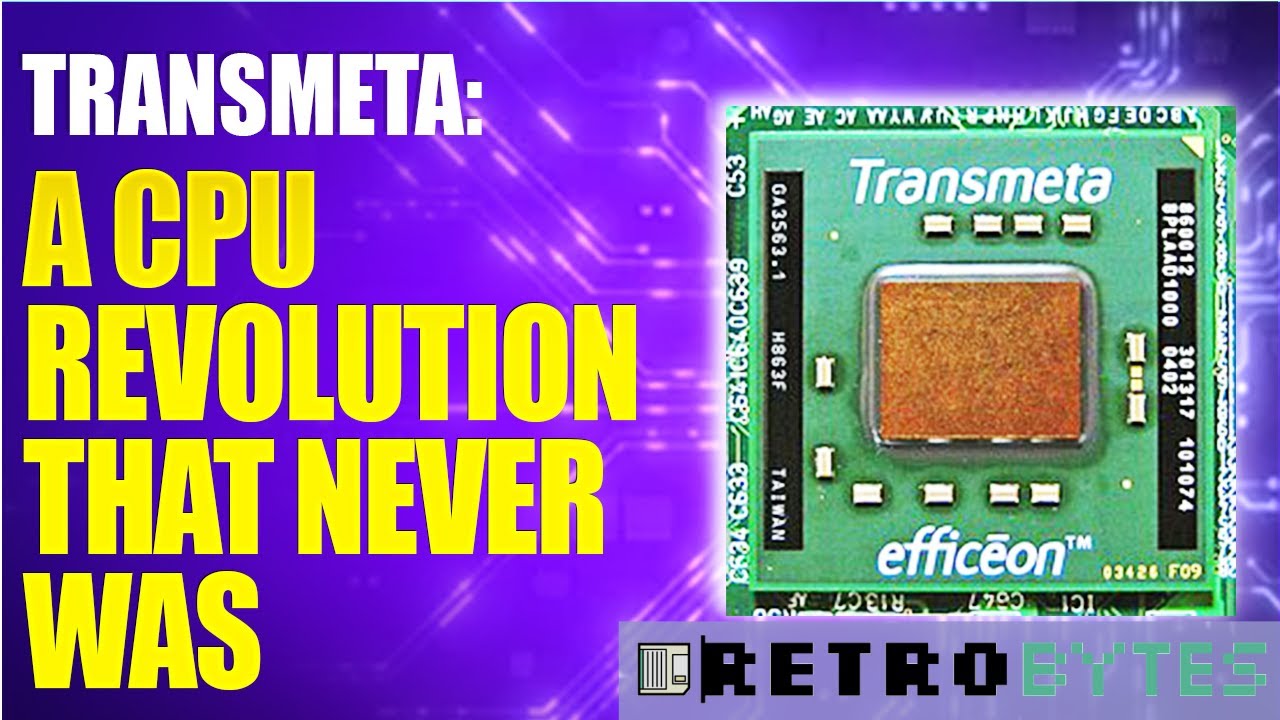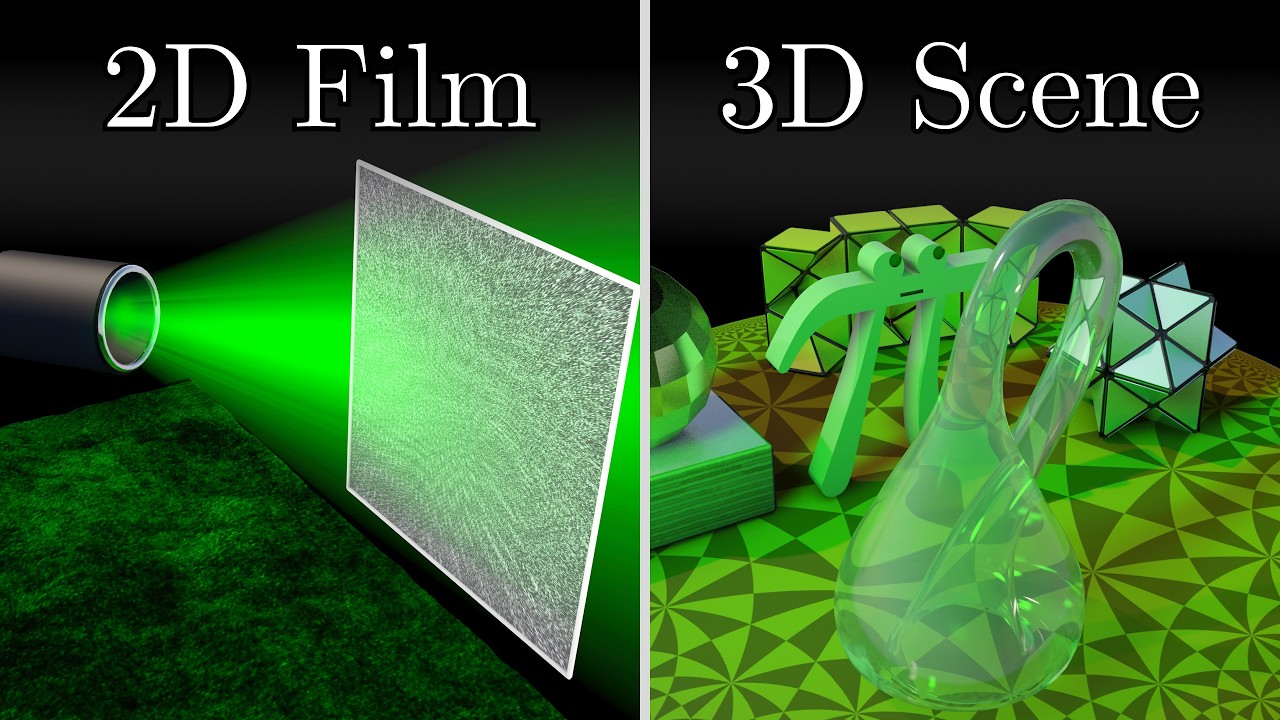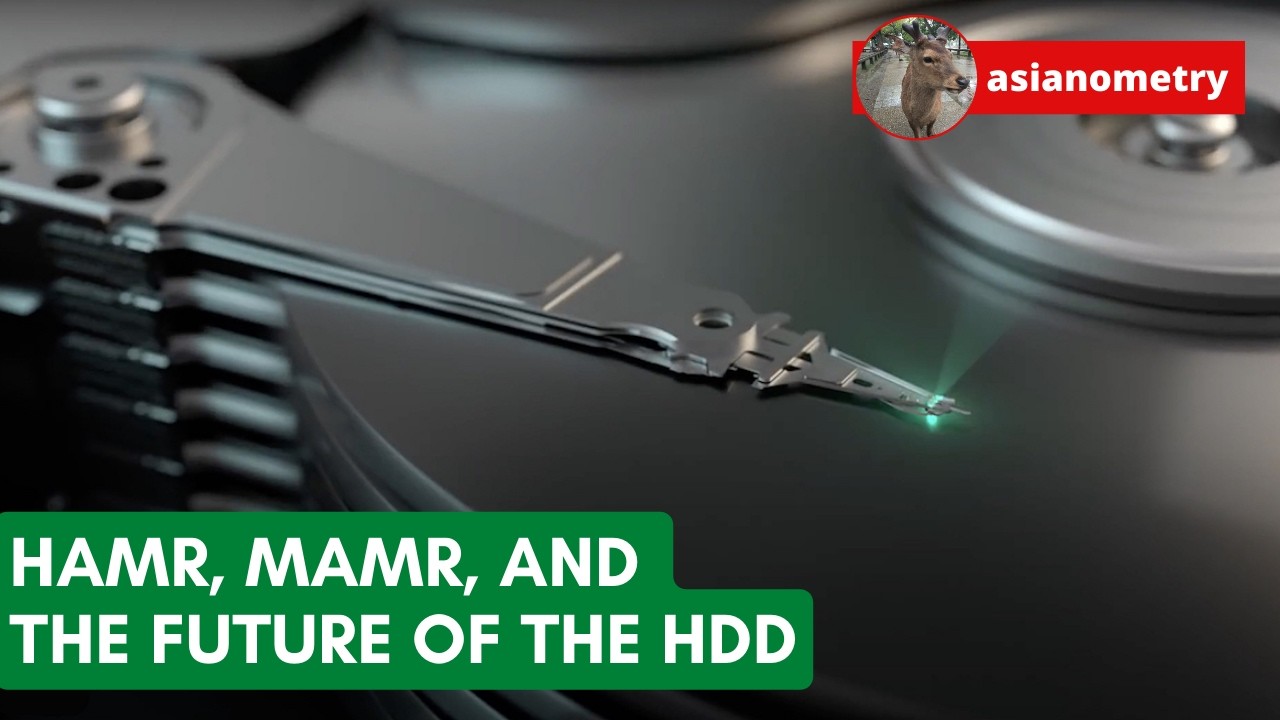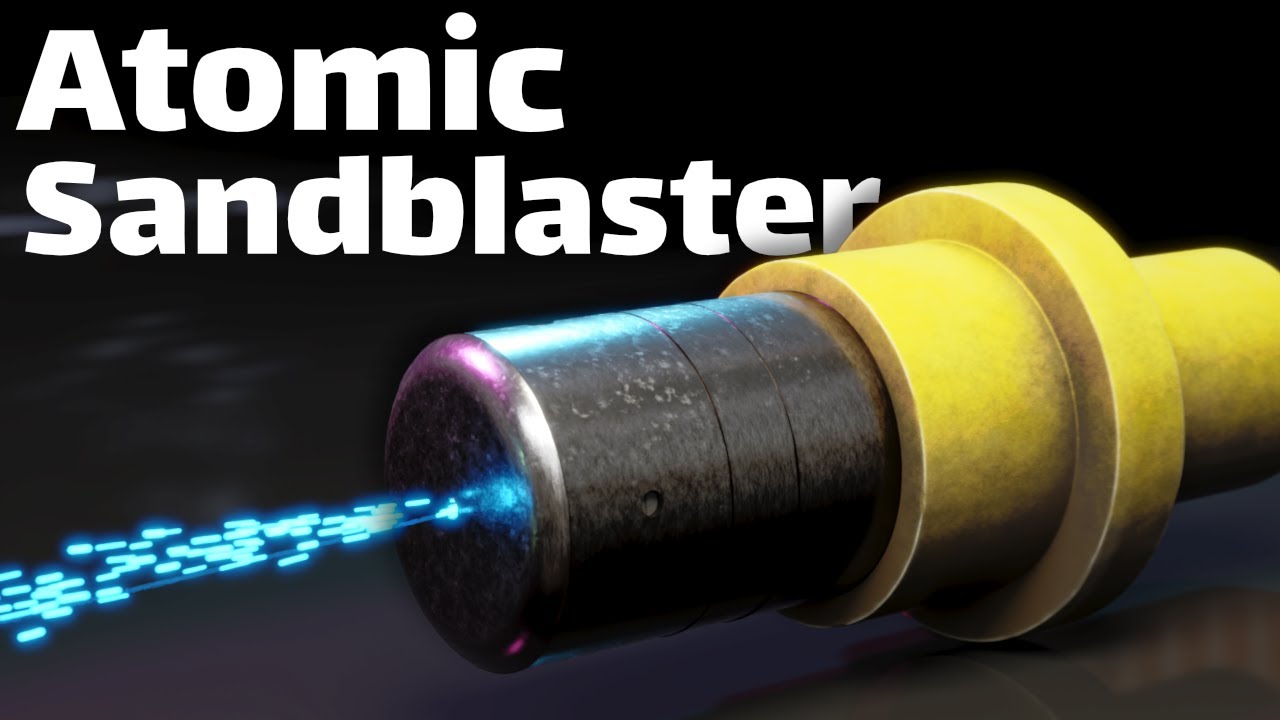

Solve anxiety. The hatred, the desire to put down others, all that is caused by anxiety short-circuiting people’s minds, acting on, put very hand-wavily, reptilian instead of higher mammalian instincts, including social ones1. Without underlying anxieties fascism has nothing to latch onto, and nothing to make even worse so it can propagate and perpetuate itself.
Key anxieties to address nowadays, and feel free to add your own, are economical security, “will I be poor in the future”, as well as social alienation, “can people be trusted”. Both require overcoming neoliberalism. Also, yes, solve anxieties regarding the future of the planet but that’s more about saving the planet so we may continue to live on it than anti-fascism for the simple reason that eco-fascism is overall negligible as a political force.
How? First of all, stop acting from anxiety.
1 Is that where the “lizard people” thing comes from?















You saw the silent majority on the streets when that “remigration” talk leaked out of closed AfD circles: The streets were literally not big enough to contain them. 70% oppose any other party going in coalition with them (unsurprisingly, the rest are AfD, BSW, or FDP voters), about half want to see them banned, which is a question more nuanced than “I want them gone”.
I guess that after a ban, the BSW could gobble up most of that support for them. And while Wagenknecht is a clown and at least veering towards Nazbol she’s far less of a danger to democracy.